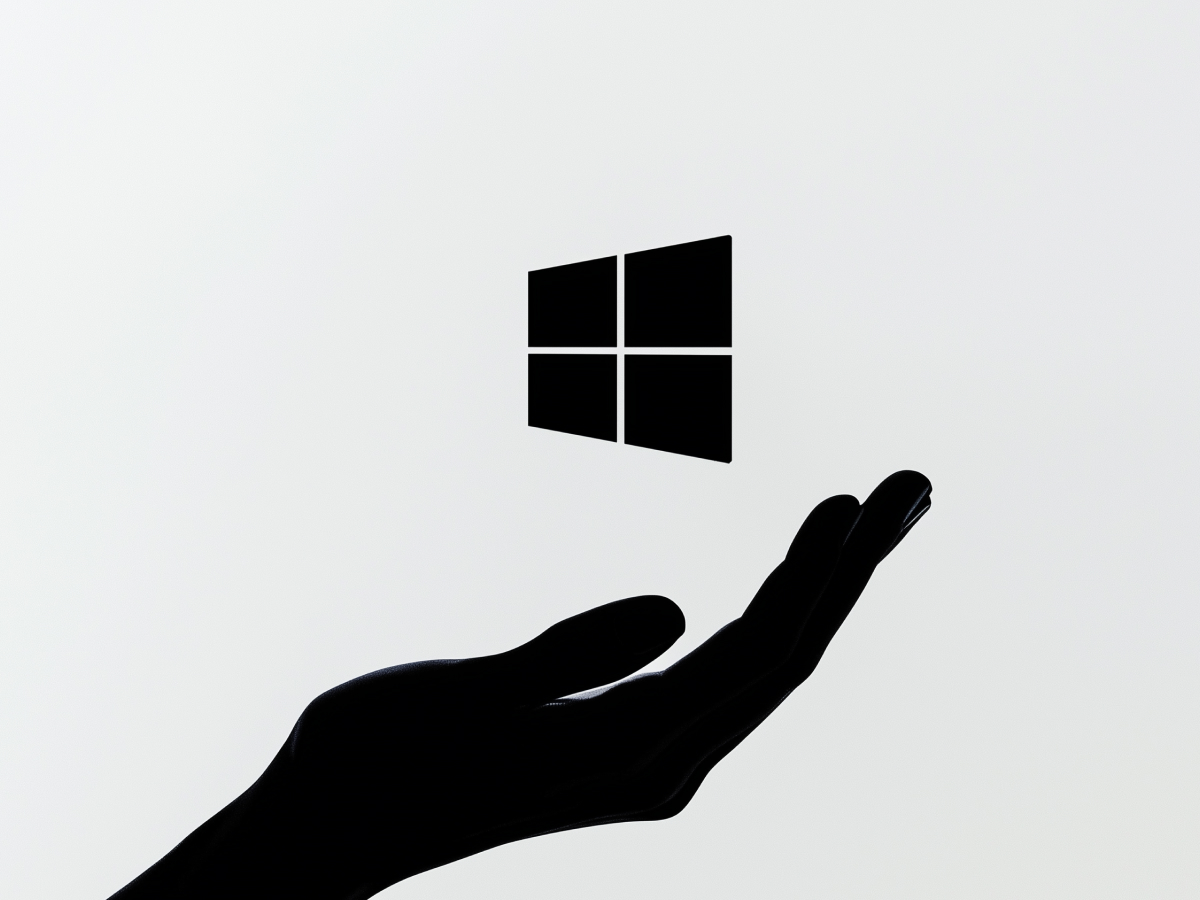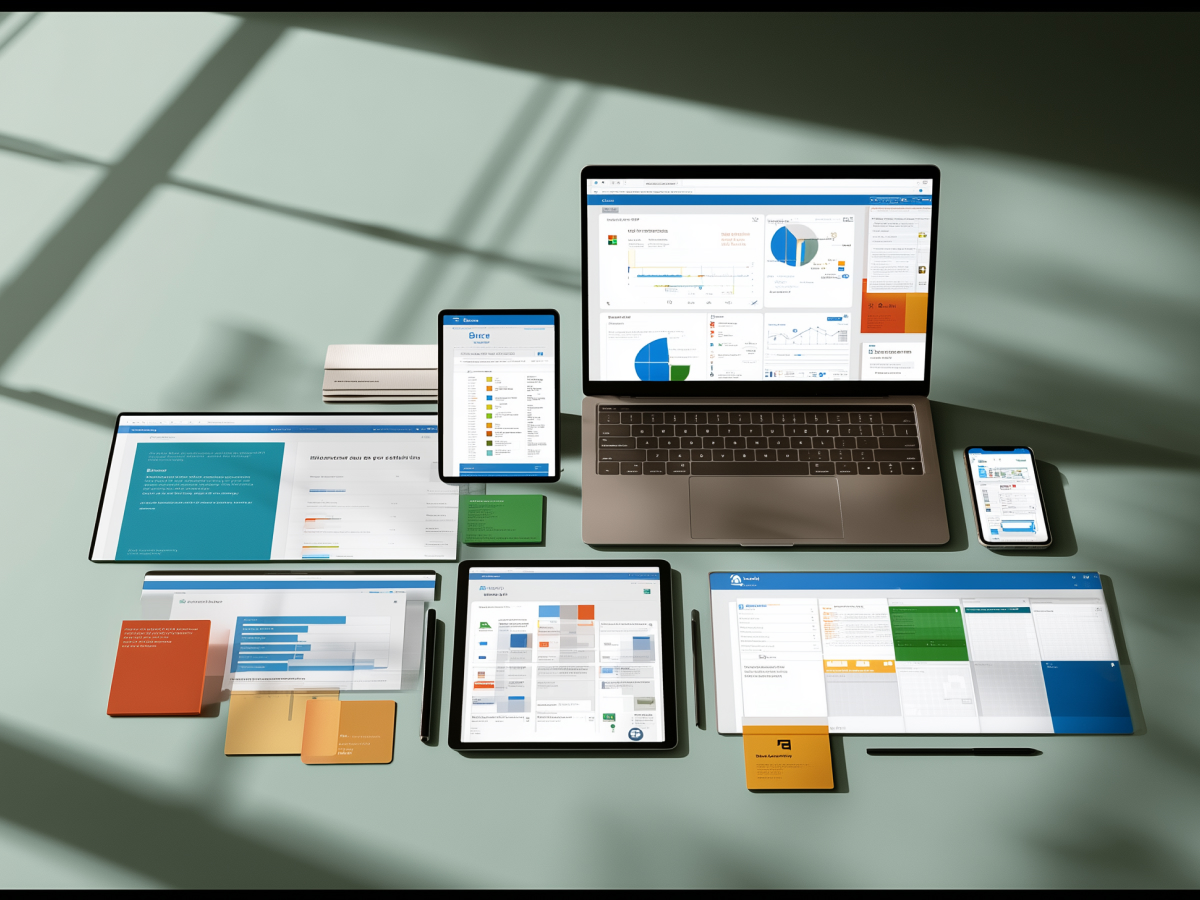The case for upgrading from Windows 10 to Windows 11
Time is ticking, and October 14, 2025, is closer than it feels. For businesses relying on Windows 10, this date marks the end of Microsoft’s support. After that, the operating system becomes a sitting duck for cybercriminals. Without security patches, any vulnerabilities discovered, whether minor or major, will be left wide open.
“When systems like this go unsupported, the stakes increase exponentially. Cyberattacks like ransomware can grind operations to a halt, costing millions and tarnishing reputations.”
This isn’t just a hypothetical scenario. It’s happened before. Remember WannaCry in 2017? It crippled businesses running outdated software, some of which had ignored warnings to upgrade. The message is simple: don’t wait for chaos. Take action now.
If upgrading to Windows 11 isn’t an option due to hardware limitations, you’re not out of luck. Consider alternatives like Linux-based systems. They might require a shift in IT strategy, but they offer long-term viability for older hardware.
This change is more important than Windows 7’s end of life
When Microsoft ended support for Windows 7 in 2020, the impact was huge, but it didn’t carry the same weight as what we’re facing now. The difference lies in scale. Windows 10 powers a much larger percentage of systems worldwide than Windows 7 did at the time of its sunset. More systems mean more potential vulnerabilities.
Here’s a major roadblock: Windows 11’s hardware requirements. Microsoft has raised the bar with features like Secure Boot and TPM 2.0, which are key for comprehensive cybersecurity. The downside? Many older machines don’t meet these requirements, leaving users in a difficult spot.
Make the investment now. Whether it’s upgrading devices or rethinking your operating system strategy, the payoff is avoiding future downtime, data breaches, and loss of customer trust.
The scale of vulnerability
The numbers speak for themselves. In Germany alone, Eset estimates that 32 million devices, roughly 65% of all systems, still run Windows 10. Globally, similar trends exist, with Windows 10 dominating the market. This is a global business risk with the potential to disrupt industries.
If a large percentage of these systems remain vulnerable after October 2025, cybercriminals will have a target-rich environment. Attackers are smart, they look for the path of least resistance. Outdated systems are exactly that. What’s more concerning is that many businesses still don’t realize the scale of the risk. They see upgrading as a cost rather than an investment in security and continuity.
As a leader, it’s your job to look beyond the immediate price tag. Consider the cost of a major security breach, the legal liabilities, the operational downtime, and the loss of customer trust. Viewed in that light, the ROI of upgrading becomes crystal clear.
Unsupported systems are prime targets
Here’s the reality of unsupported systems: they’re hacker magnets. Once Microsoft stops providing updates, any vulnerability becomes permanent. Cybercriminals know this and design attacks specifically to exploit these weaknesses. These are known as zero-day vulnerabilities. When patches stop, your defenses are frozen in time, but the threats keep evolving.
The risk isn’t theoretical. Look at the history of cybersecurity breaches. Time and again, outdated systems have been the weakest link. Hackers exploit them because they’re easy targets, plain and simple. Even the best antivirus software won’t fully protect an unsupported system.
So what’s the solution? Be proactive. Don’t wait for 2025 to roll around. Create a roadmap. If Windows 11 is out of reach, explore alternatives like Linux or cloud-based solutions. The key is to make sure that every decision you make is driven by a focus on long-term resilience, not short-term convenience.
Key takeaways
- Microsoft will end Windows 10 support on October 14, 2025, leaving systems vulnerable to unpatched security flaws. Businesses relying on Windows 10 risk exposure to cyberattacks such as ransomware and data breaches.
- Unsupported systems become prime targets for cybercriminals, as vulnerabilities will no longer receive fixes. Leaders should prioritize transitioning to supported platforms to mitigate security threats.
- Windows 11 offers advanced security features, including Secure Boot and TPM 2.0, which are key for defending against modern cyber threats. Investing in compatible hardware makes sure of long-term security and compliance.
- For organizations with older devices, consider alternatives like Linux-based operating systems to maintain functionality without compromising security.
- Develop an upgrade roadmap now to avoid rushed transitions close to the 2025 deadline. Allocate budgets, assess hardware compatibility, and train IT teams for a smooth migration.





